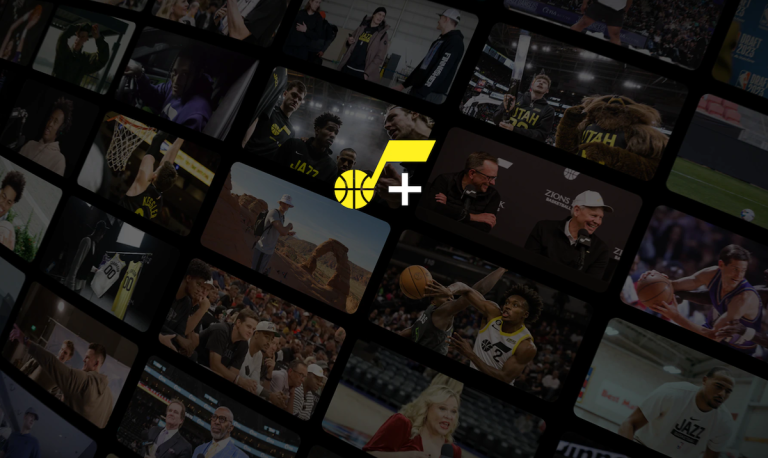Utah Jazz Launches D2C Streaming Platform as Niche Subscriptions Emerge

As more types of businesses look to the streaming subscription model to drive revenue, NBA team the Utah Jazz has launched a paid Jazz+ service.
The team’s owner, Smith Entertainment Group (SEG), on Wednesday (Sept. 27) announced the debut of the direct-to-consumer (D2C) service, which for $15.50 a month or $125.50 a year offers access to game livestreams, exclusive shows and other content and more.
“Creating the best fan experience is top of mind in everything we do,” Ryan Smith, chairman of Smith Entertainment Group and governor of the Utah Jazz, said in the announcement. “With Jazz+, we have created 24/7 digital access to the team. We are so excited that all Utahns can be with us for every minute of the action.”
The move comes as groups and individuals leverage consumer enthusiasm to drive subscription revenue. Platforms such as Patreon and Substack have shown that devotees are willing to pay recurring rates to get access to their favorite creators and content, and given sports fans’ high levels of engagement, it makes sense that an NBA team would be able to similarly capitalize on consumer enthusiasm.
The Streaming Scene
A number of streaming services have emerged to target consumers’ niche interests. For horror movie fanatics, there is Shudder. For anime watchers, Crunchyroll. For devoted film buffs, Criterion Channel. The list goes on.
However, when it comes to subscriber retention, streaming services face an uphill climb. PYMNTS Intelligence from the report “The One-Stop Bill Pay Playbook: Drivers of Consumers’ Bill Payment Priorities,” created in collaboration with Mastercard, which draws from survey of more than 2,100 U.S. consumers, found that when people are unable to pay all their bills, streaming subscriptions are the first to get the axe.
Fifty-five percent of respondents reported that they would cancel streaming subscriptions if they needed to reduce the bills they received each month, more than said the same of any other service.
Plus, streaming subscribers tend to be price sensitive. For instance, with Disney+ gearing up to raise its monthly fees, the total number of subscribers fell more than 7% year over year last quarter. Now, the company is reportedly falling short of its subscriber goals.
As such, many streaming services are tinkering with their models, looking for ways to boost their margins without alienating their customers — introducing new ad-supported and ad-free tiers, for instance, as Amazon Prime is doing, or cracking down on password sharing to drive subscriber counts.
That said, many streaming subscribers are willing to pay a premium if the content they are getting is high enough quality. PYMNTS Intelligence from the report “The Impact of Subscription Models on Consumer Choice,” for which we surveyed more than 2,100 U.S. consumers, reveals that 30% of consumers cite enjoyment as their top reason for paying for a product subscription, while only 18% said the same of cost.
In the streaming space, there is stiff competition. PYMNTS’ Provider Ranking of Streaming Apps, which ranks leading players based on channel coverage, usership and more, ranks YouTube at No. 1, above all the movie and TV show streaming services, while Netflix comes in second place.